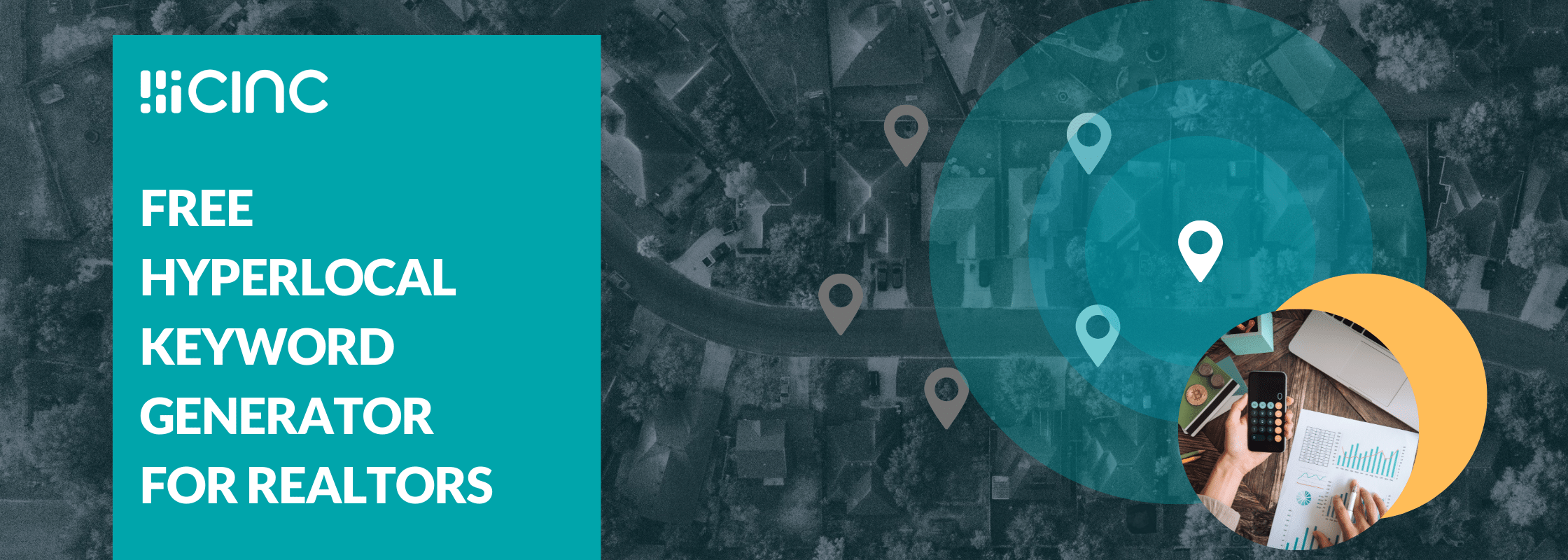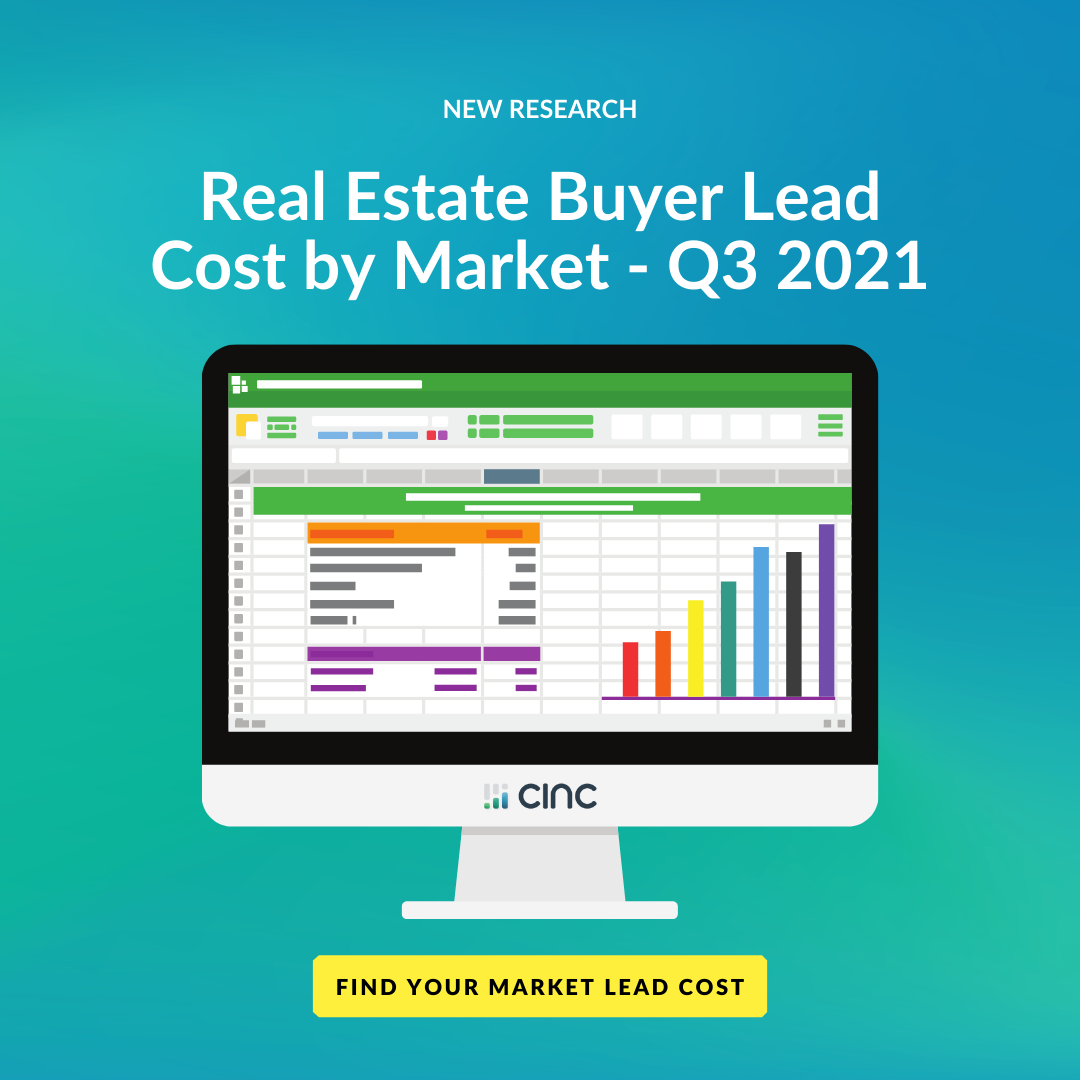.png?width=1080&name=The%20Simple%20Database%20Formula%20That%20Took%20My%20Team%20from%20100%20-%20400%20Transactions%20in%204%20Years%20(1).png)
Learn the 4 types of databases and the accompanying database formula that took CINC client Jeff Glover's Michigan KW team from 100 to 400 transactions in just 4 years.
Jeff Glover is a successful KW agent from Detroit, MI who personally lists and sells 80 to 100 homes a year.
He leads the #1 real estate team in Michigan for the highest volume sold (872 homes sold in 2020) and his team has the highest PPP of all residential brokers & team in Michigan (over $6MM average per agent volume).
Jeff also runs a training/coaching organization for all agents from all brokerages called GloverU.

4 Essential Types of Databases
1. Past Clients/Sphere of Influence
Everyone has this. Everyone should have this. Everyone is already doing this. The real opportunity here is to utilize the database formula for this type of database (read on).
2. Exchange Database
Jeff explains that this group is comprised of people who you’ve met or have had a conversation with over the phone, in person, or virtually that are not ready to buy or sell a home right now. However, they are people you’ve had enough good exchanges with that it makes sense to add them to your database so you can add value to them later.
You’ve had a good conversation with someone. You follow up with them two or three times. You’ve exchanged two or three emails. Or they wanted a CMA on their home, but they’re not going to be taking action any time soon. These all exemplify the type of people that fall under this category.
This group of people qualifies for the exchange database. They are people that know you, like you, and trust you and could refer you but aren’t friends or past clients. Jeff explains that if you treat your exchange database like your past clients or sphere of influence by adding value to them, they can prove a great referral source for you.
3. Facebook/Social Media Database
Everyone has some level of social media today if you are in the real estate industry, whether that be Instagram or Facebook. Jeff emphasizes that you should consider moving forward with every one of your friends you are networked with.
You are being seen by these people on a semi-regular basis. The question is how do you become more seen by these individuals? The answer to this and a way to “game the system” is to go live as much as possible. The more you go live on Facebook, the more your friends are notified about who you are and what you do.
It’s the best method to make an impression on someone. Jeff also implores that the number of live viewers doesn’t really matter as most of your viewers will choose to watch it later from fear of being interacted with or asked a question as these sessions show exactly who is connected.
Afterwards, you can download this live Facebook session and send it via email to the rest of your database (Jeff uses his CINC platform for this), killing two birds with one stone.
4. Leads Database
This includes buyer, seller, internet, pay-per-click, Paid Google, Paid Facebook, Zillow, Realtor.com (and more) leads no matter where they come from. Jeff emphasizes the importance of using the right platform (in his case he uses CINC) and setting up drip campaigns, mass actions, and tracking activity.

Jeff's Game-Changing Database Formula
Jeff reveals that the formula he applied to his business 4 years ago is the same formula currently employed today, bringing his business from under 100 closings per year from their database to 400. To bring this change into his business, Jeff took these steps to success…
- Growing the 4 Types of Databases
- Adding Value to the Databases
Jeff’s database formula is called the 4 by 2 by 1 by 12 formula.
He explains that the:
- 4 stands for “4 Pieces of Physical Mail”
- the 2 stands for “2 Phone Calls Where We Just Add Value”
- the 1 stands for “1 Big Client Event*"(also small virtual/in-person supplementary events)
- and the 12 stands for “12 Info-taining (Informative and Entertaining) Emails”
By focusing on growing his database while simultaneously adding value to it and by following the 4 by 2 by 1 by 12 formula, Jeff drove business from his database to go from under 100 transactions a year to over 400 in just 4 years.

.png)


